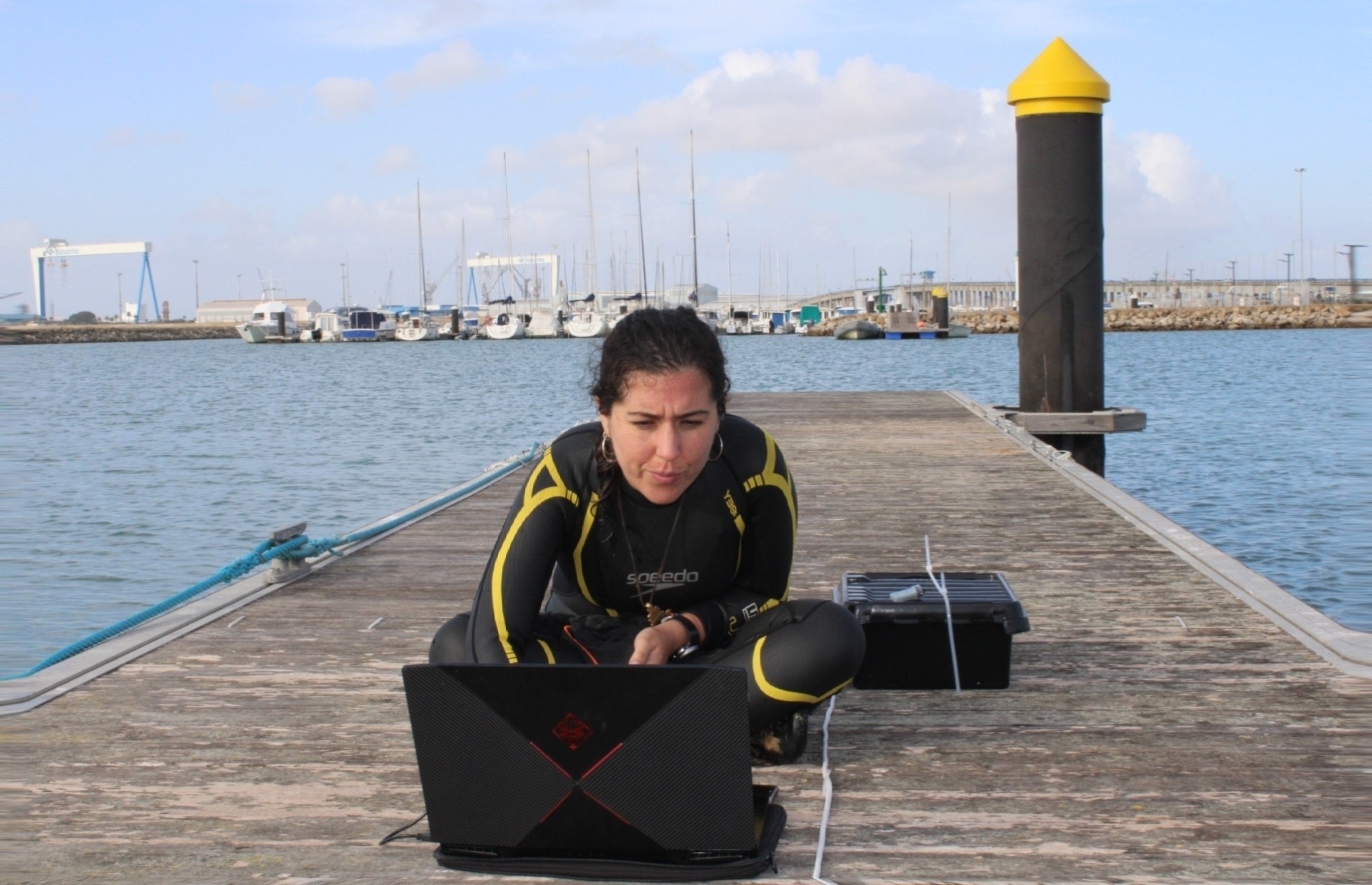This year, for the first time, a GAME project takes place at the Instituto Universitario de Investigación Marina (INMAR) in Cádiz, Spain. We’re Raquel (ES) and Chiara (DE) and together we are Team Spain 2023.
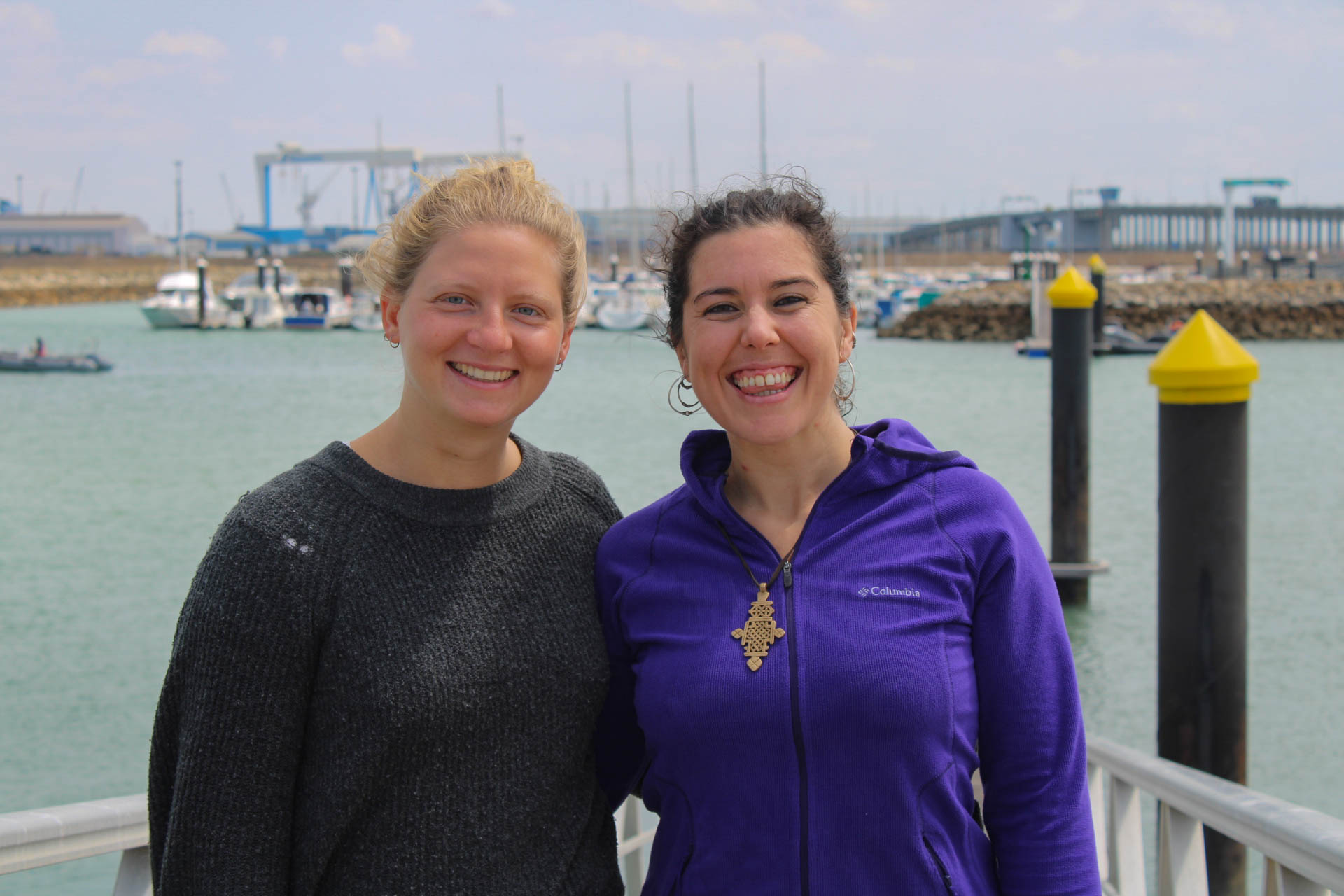
Right now, we are in the middle of our experiment. Our GAME project looks at the influence of artificial light at night (ALAN) on the formation of communities that consist of sessile organisms and macroalgae colonizing hard substrates. After the preparatory course in Kiel, we started our work in Cádiz in mid-April and we were both highly motivated to launch everything right away. Since we conduct our experiment in the field, we were location hunting during the first few days of our stay. We visited different marinas that could have served as possible experimental sites and we spoke to local authorities to get permissions for the deployment of our experimental set-up. When doing this, we were confronted with the mentality of Spain that is also reflected in relaxed bureaucratic processes, but that’s life! It slowed us down a bit, but, however, it also gave us the nice opportunity to explore the surroundings. Together we went on a road trip along the beautiful coast near Cádiz.
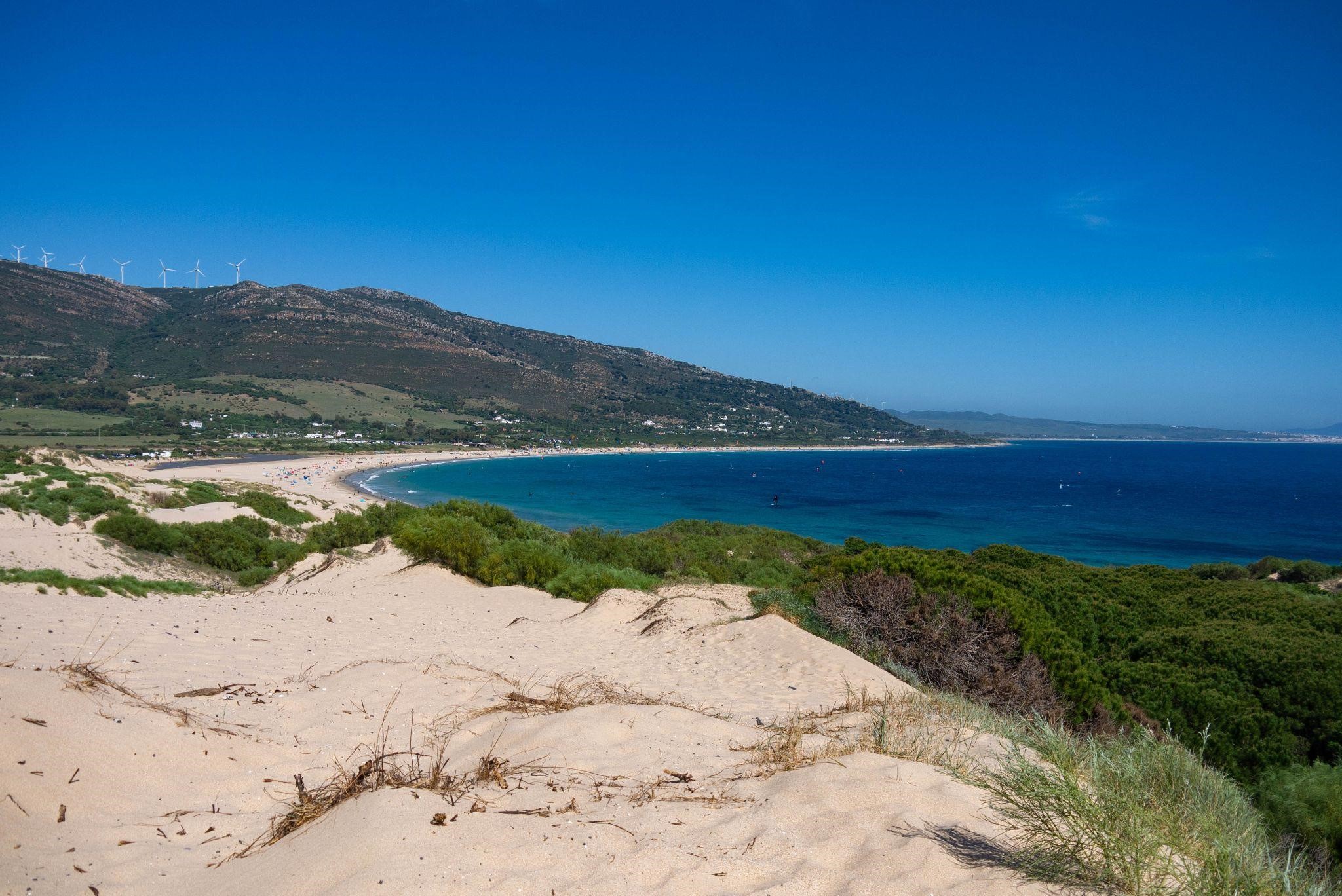
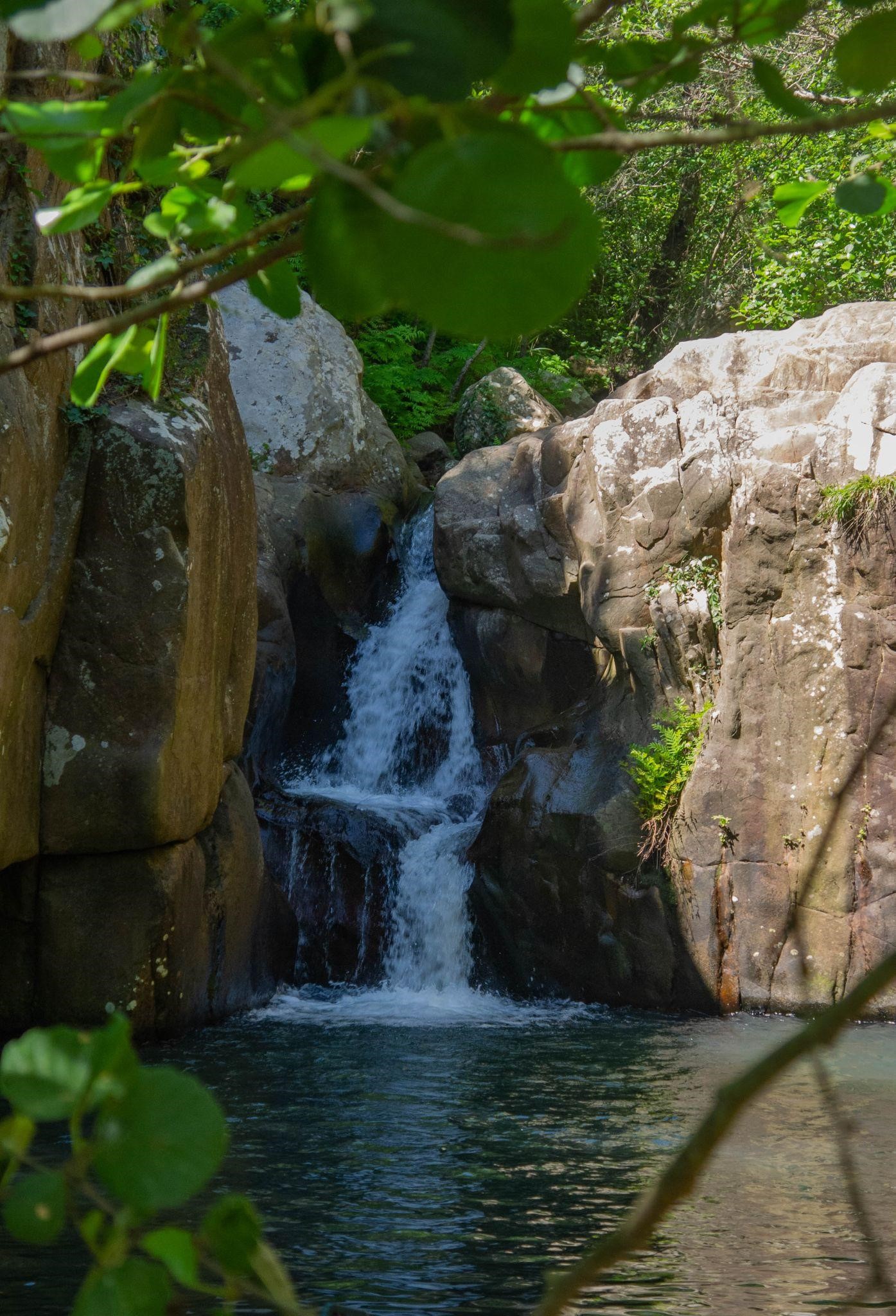
During the following weeks, we planned our setup and prepared everything for building it. The idea behind it was to have a structure that will allow us to deploy PVC panels, which are representing the hard substrates for colonization, in the sea. When submersed, the panels were supposed to be always in the same position and to achieve this we fixed them to a frame-like structure. In total there are four of these frames, which we built from PVC tubes. Two belong to Raquel and two to Chiara. One frame from each pair – and with it all the panels that are fixed to it – will be exposed to ALAN, while the other will experience darkness during the night. In the experiment, Raquel looks specifically at the influence of ALAN emitted by yellow LEDs, while Chiara uses white LEDs. In order to realize all that, we had to order the PVC panels, get all the material to build our frames and familiarize ourselves with different devices like Hobo loggers, control units and the Luxmeter. We also built a photo box to take pictures of the panels during the experiment. From the photos, we will assess the abundances of the species that colonize the panels and to ensure comparability between the photos, the camera always needs to be in the same position when taking a photo. To achieve this, we built a simple but effective camera-holder, which actually is a carton box.
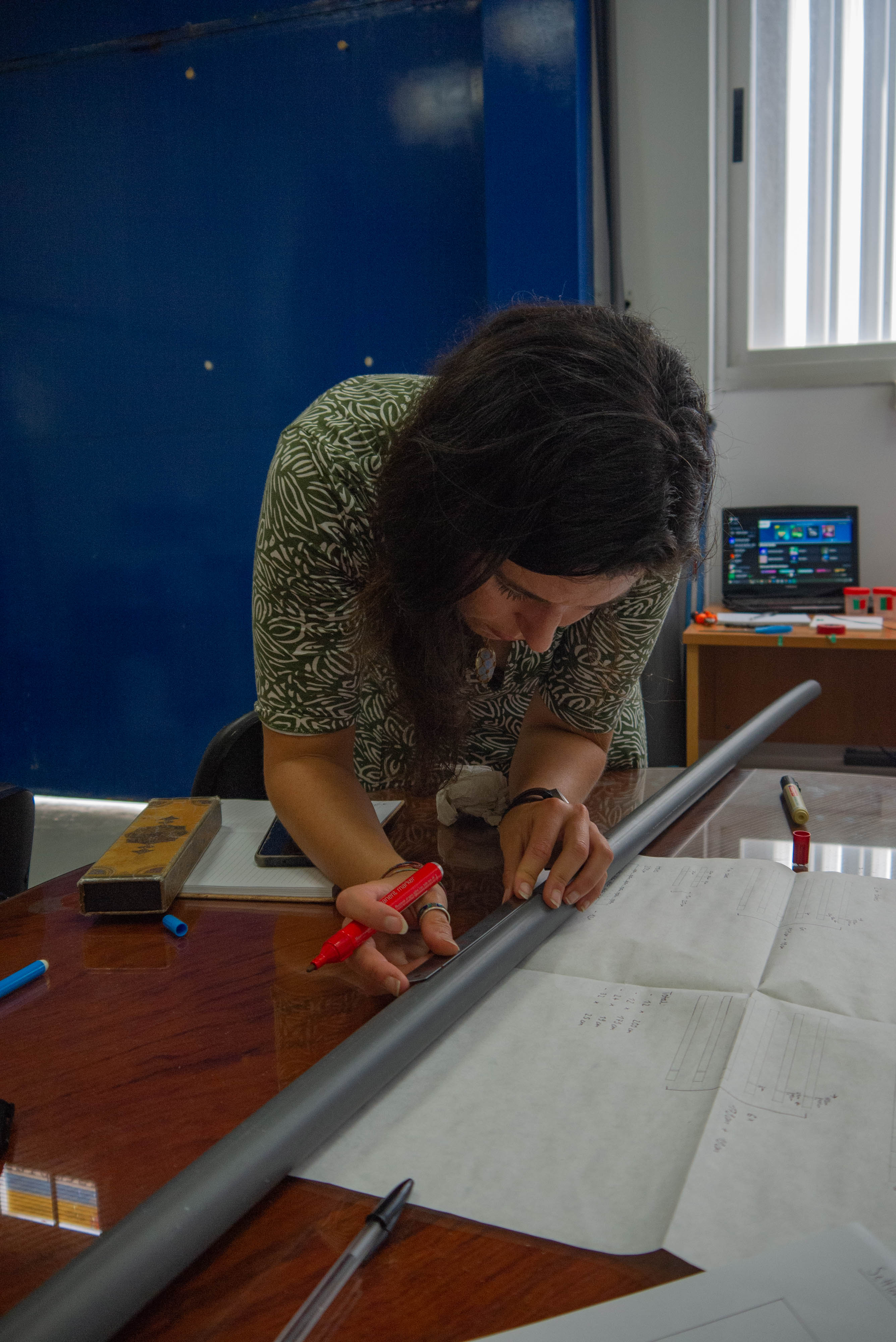
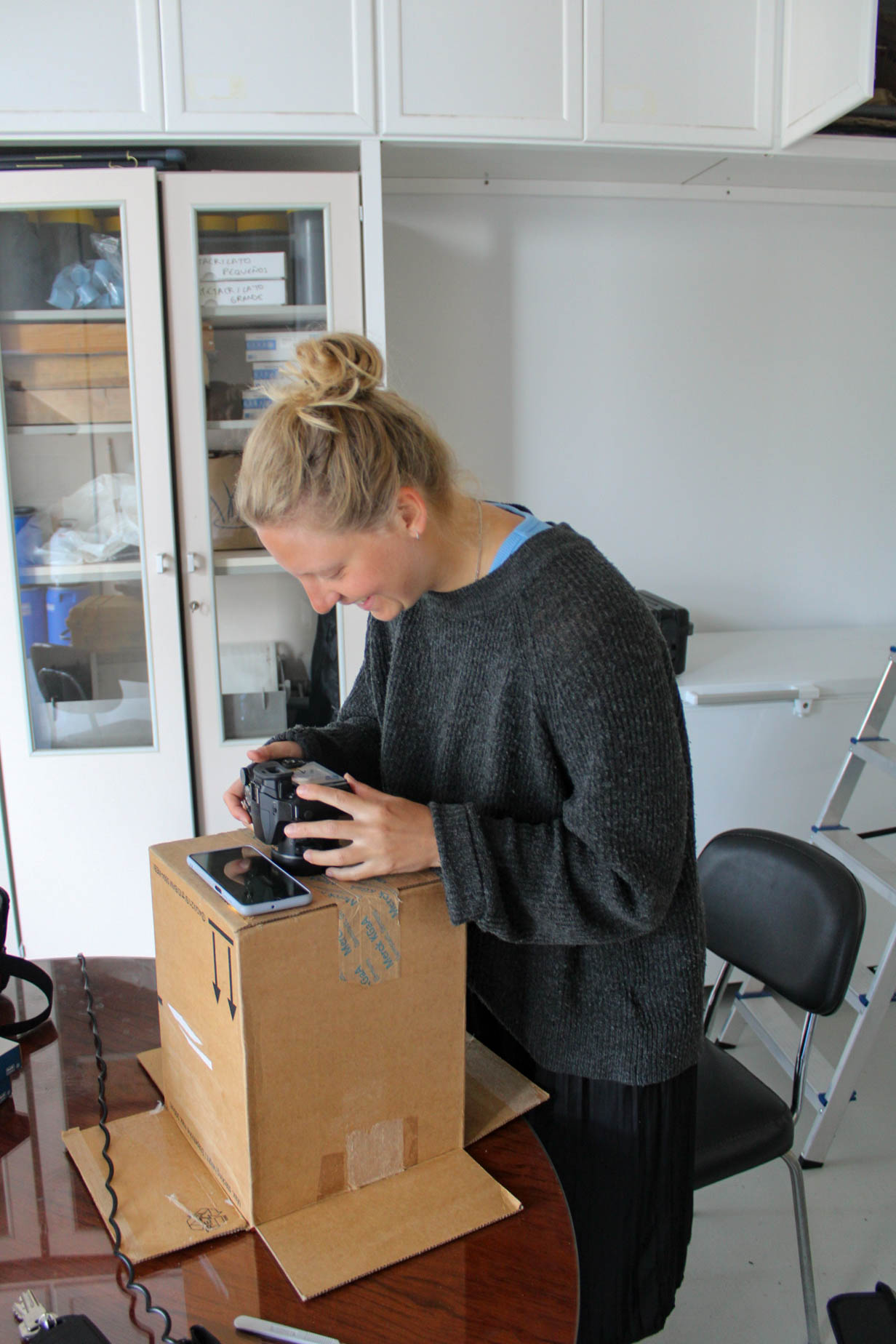
Overall, everything went well except finding a location for the experiment. But when we finally had a meeting with our supervisors Ignacio and Ivan at the marina “Elcano” (Complejo Deportivo Puerto “Elcano”), our worries about finding a place disappeared. The people there were very friendly and courteous and quickly gave us their okay to carry out the experiment at this site. Since then, we are always supported by the people of the marine at any time.
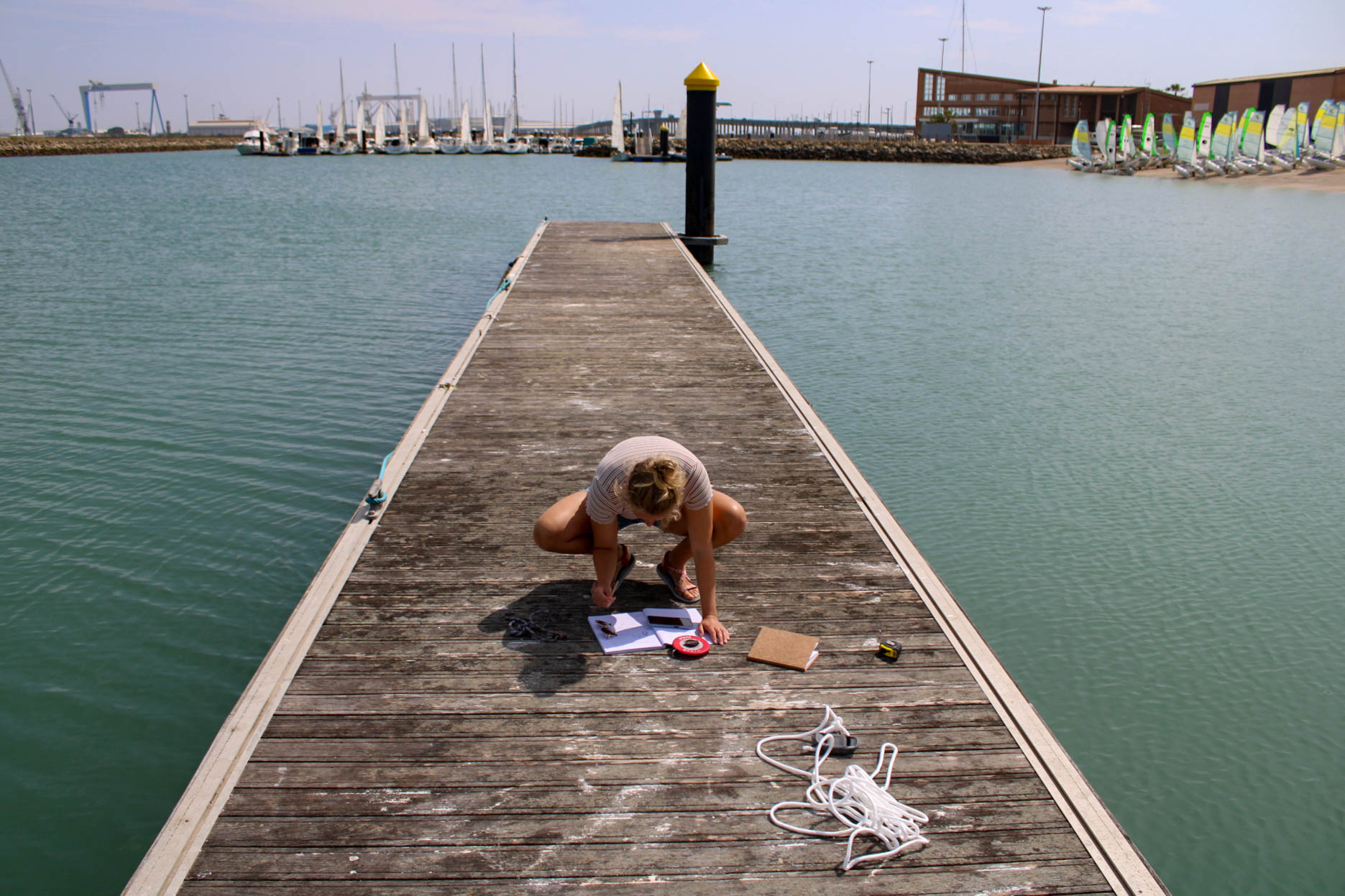
We were really happy about having found a suitable place for the experiment and started customizing our setup specifically for this location by adjusting the distance between the water surface and the frames. We also attached the frames to the jetty with carabiners at the end of the ropes, making it easier for us to access the panels for sampling. After that, everything was ready for the deployment, but just in this moment we had a bad weather period. This is not too uncommon, since Cádiz is well known for its unexpected weather changes. So, we postponed the deployment for a few days. Then we installed the entire light construction in one day and everything else during the next day.
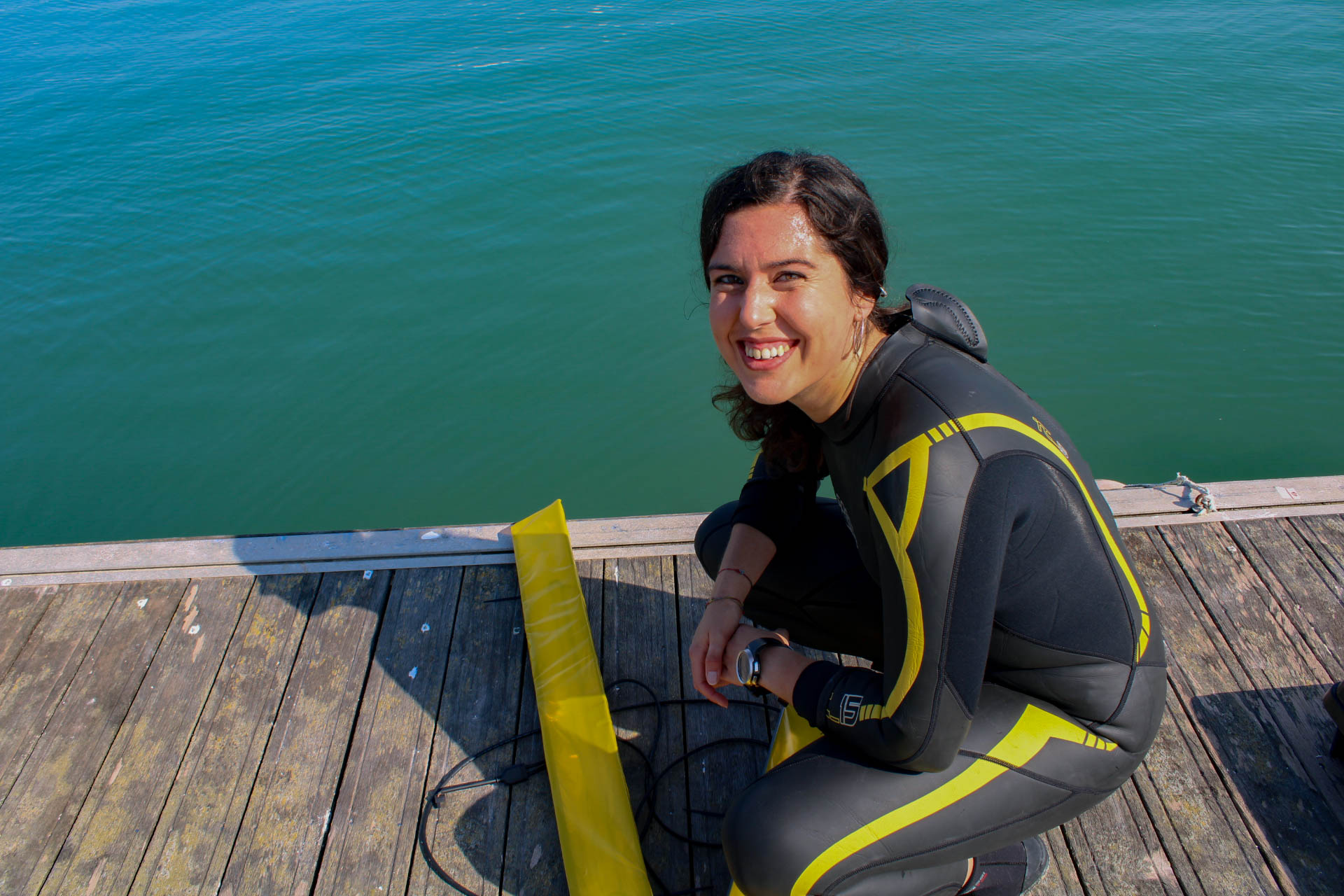
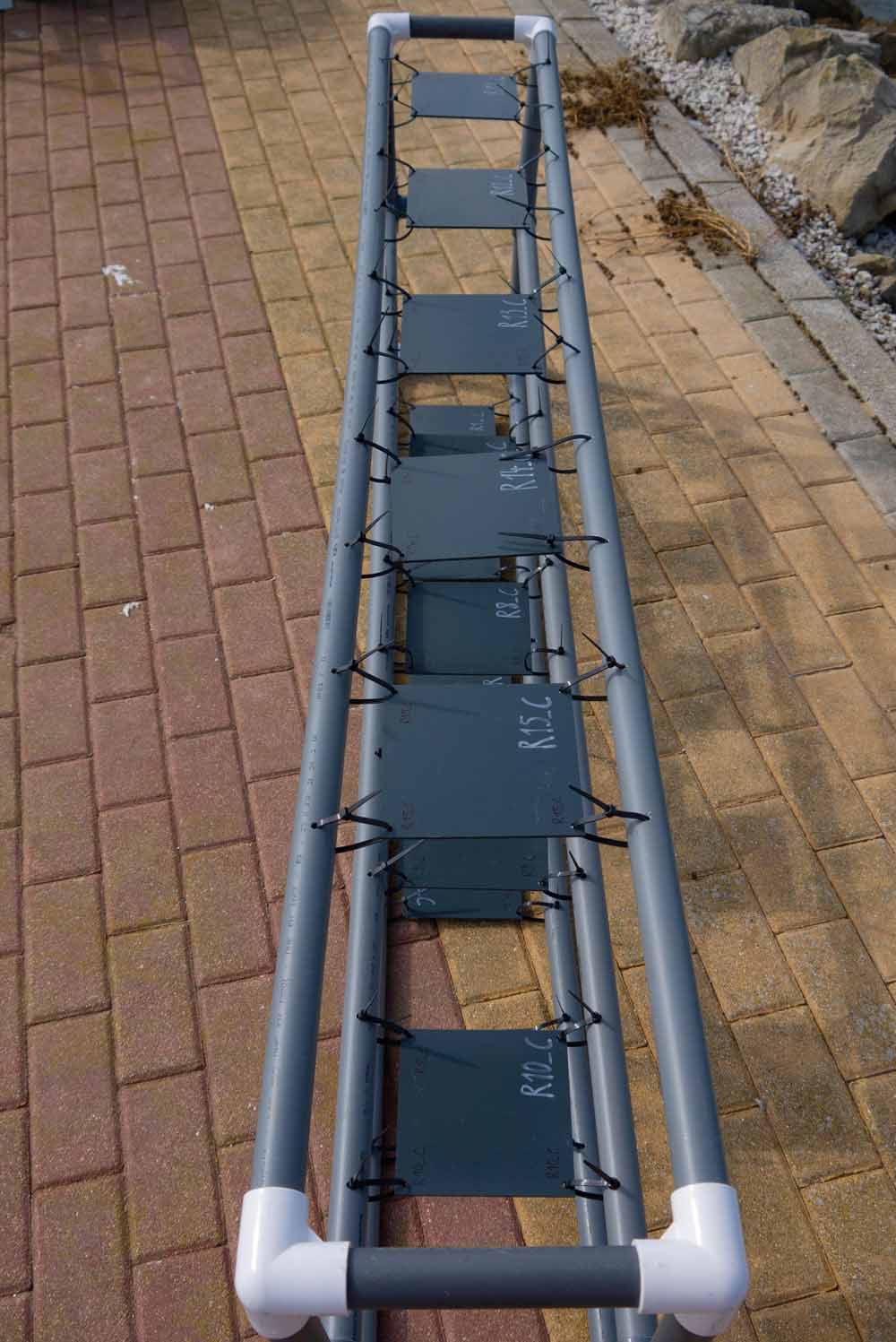
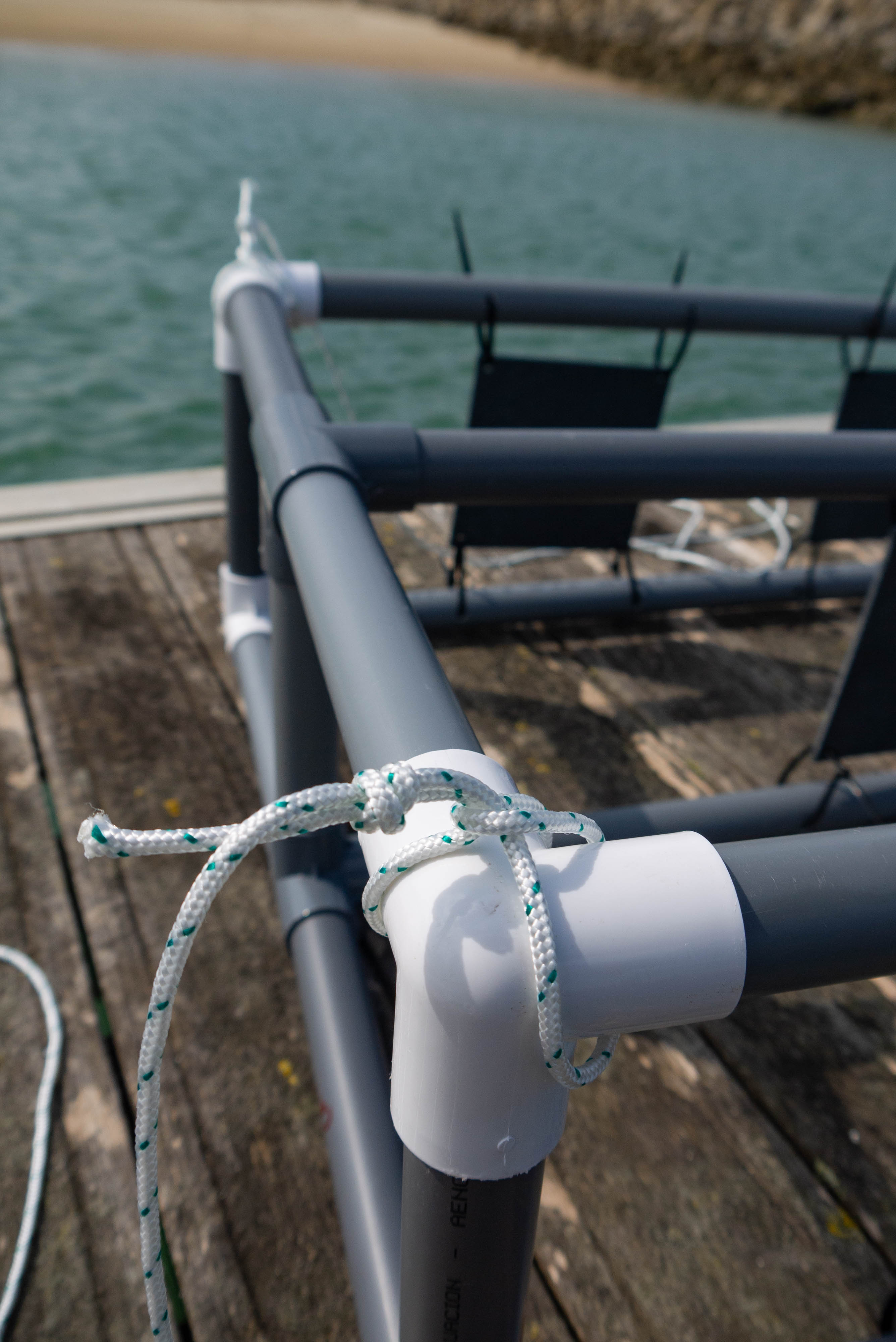
We had so many helping hands during these two days, so a big thank you to all of them!
On the same day on which we finished the setup, we drove back to Elcano at night to measure the intensity of the light that was emitted by our LED system. We then adjusted it to the correct setting, which means all LEDs turn on at the beginning of sunset with an intensity of 30 lux and turn off at sunrise. Everything was ready and therefore the experiment started officially!
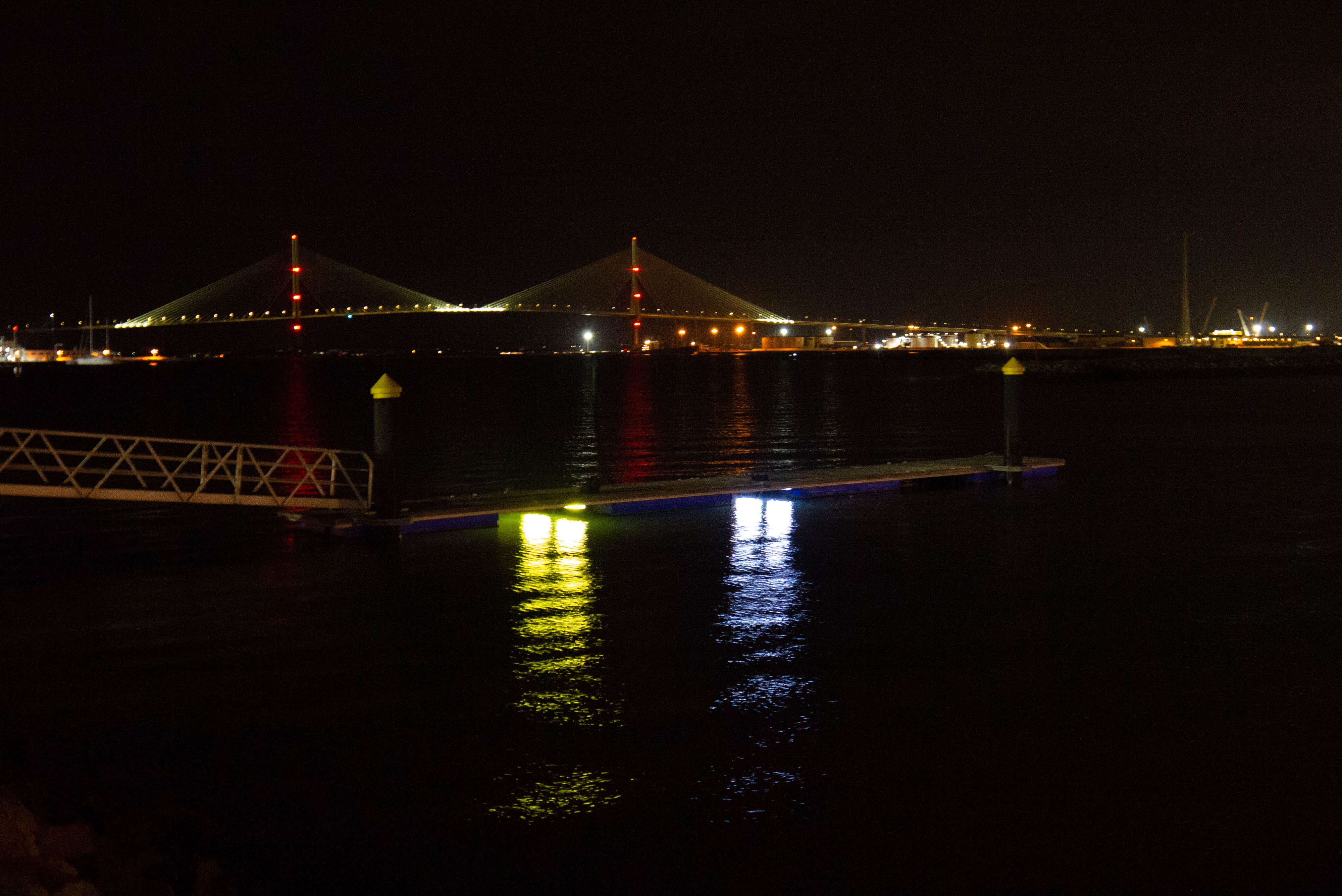
During the following week, we checked the buoyancy of our frames. They are floating to allow them to move with the water level, so that the panels cannot fall dry during low tide. Due to the use of air-filled PVC tubes, the frames initially had a positive buoyancy. This was still the case even after the tubes were drilled by our dear Pepe (University of Cádiz workshop technician) to incorporate holes to let water in for neutral buoyancy. So, we had to attach bricks to the frames to increase their mass. We carefully adjusted the distance between the water surface and the top of the submersed panels. This step seemed very important to us due to the great tidal amplitude in our study area. Our entire setup is attached to the jetty and therefore moves with the tide, but we must always be vigilant to avoid frames touching the ground, especially in the next month when a spring low tide is expected.
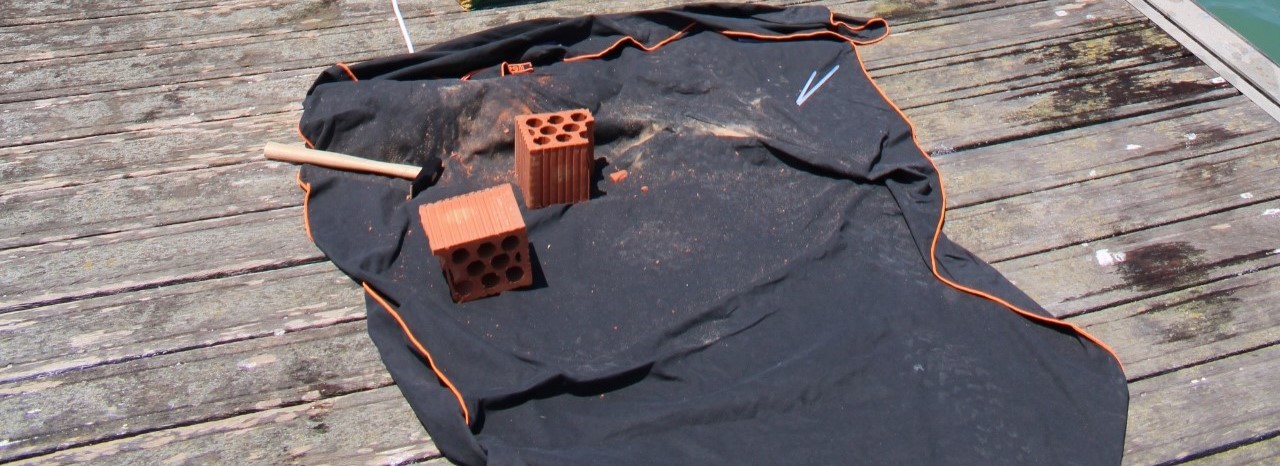
Meanwhile, during snorkelling, we discovered the poor underwater visibility. The waters around Cádiz are turbid, because of waves that are generated by strong winds (Poniente, Levante), and also because there is a high concentration of suspended particles that come from the different estuaries near our study area.
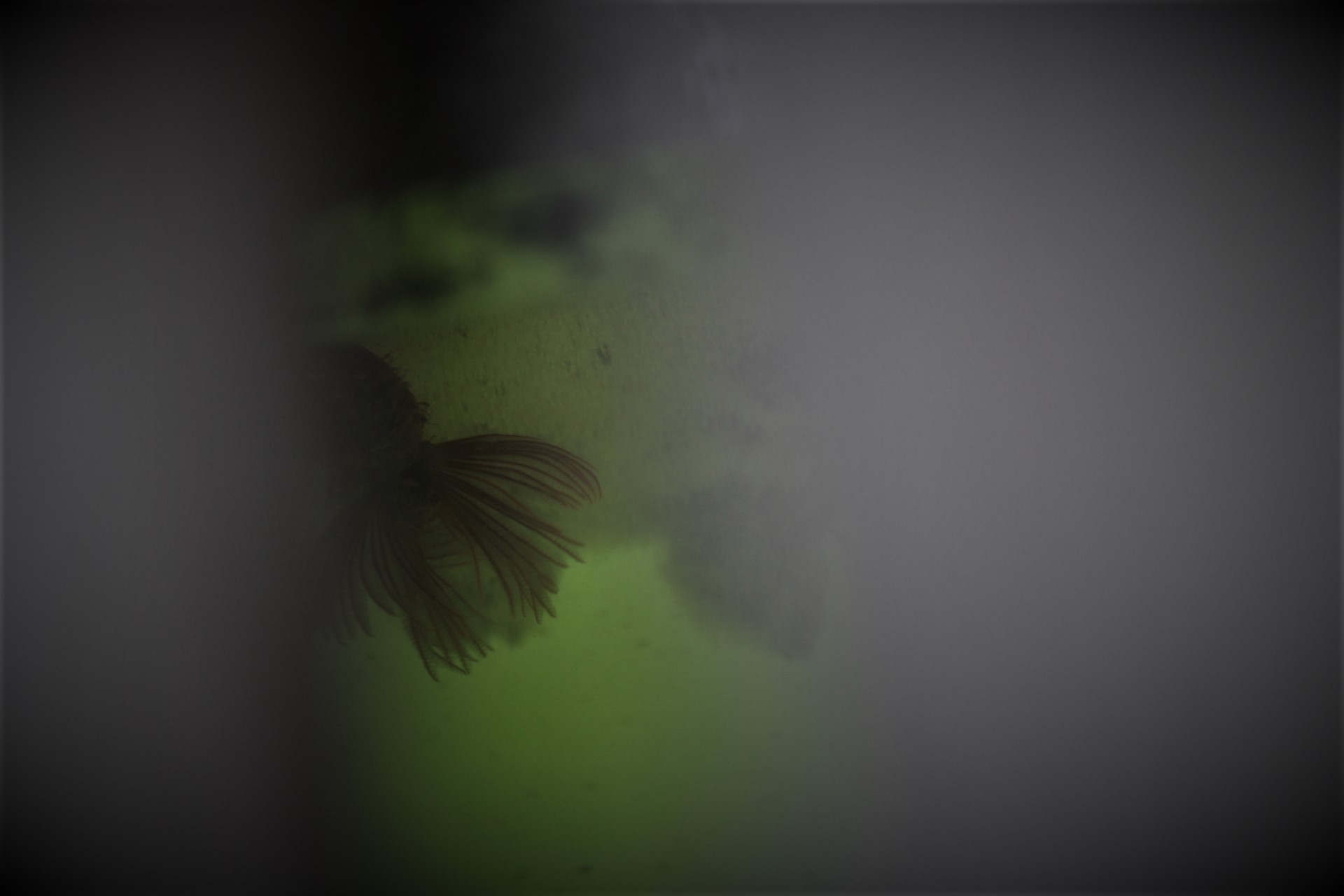
We became even more aware of this during analysing the first six recruitment panels. We did this after a few days of strong Levante winds. These extra panels are used to monitor the recruitment of larvae and spores from the water column during different time periods of the experiment.
That workday was fun, especially because everyone who came to the jetty asked us what we do. Near the place where we work is a sailing school and people also come here to kayak. We were able to bring our project closer to the local people and they showed great interest when we spoke to them about how this project could help to learn more about the effects of light pollution on the common organisms here. Many have not yet thought about light pollution, but found the topic very interesting. We also observed some interesting but unwanted neighbours too…
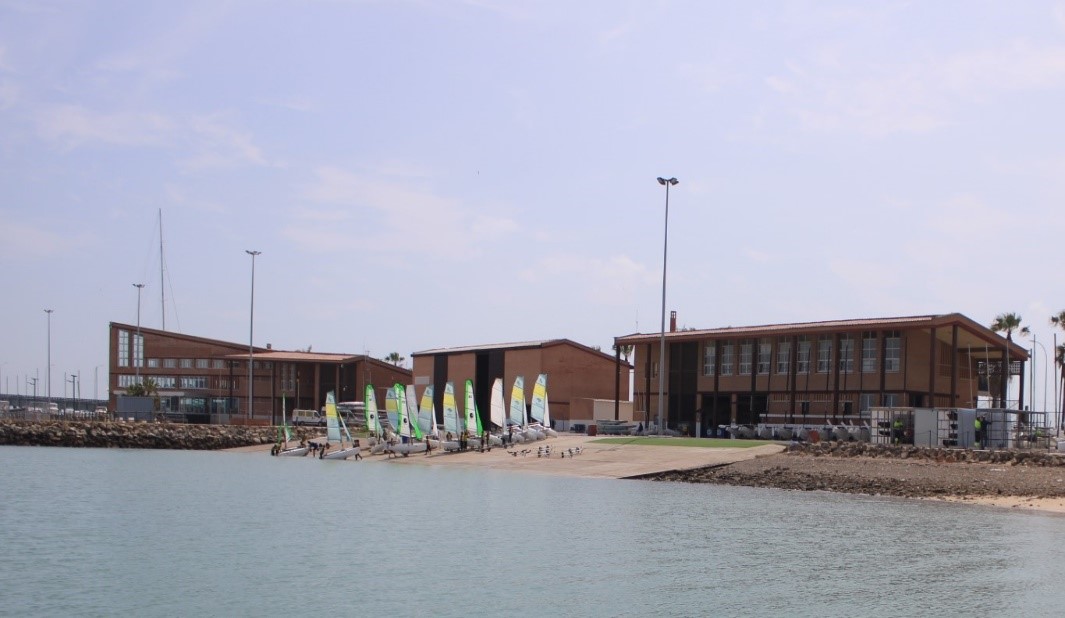
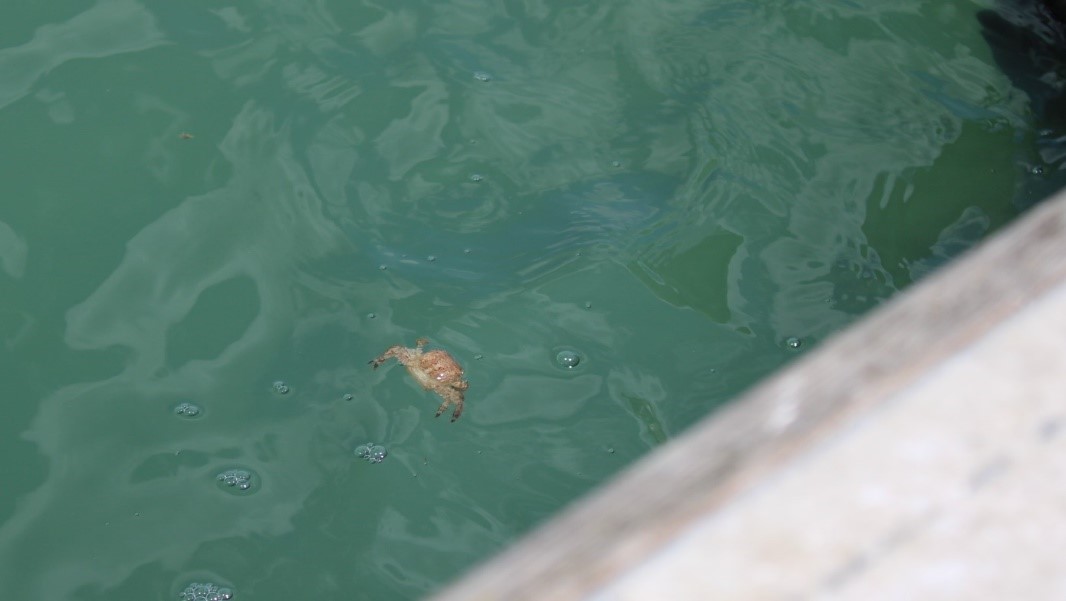
We took each one of the six recruitment panels, transferred them to a container filled with seawater and, using our photo-box, photographed them at three different zoom scales to choose later the best option according to the reflection of the flash on the water surface.
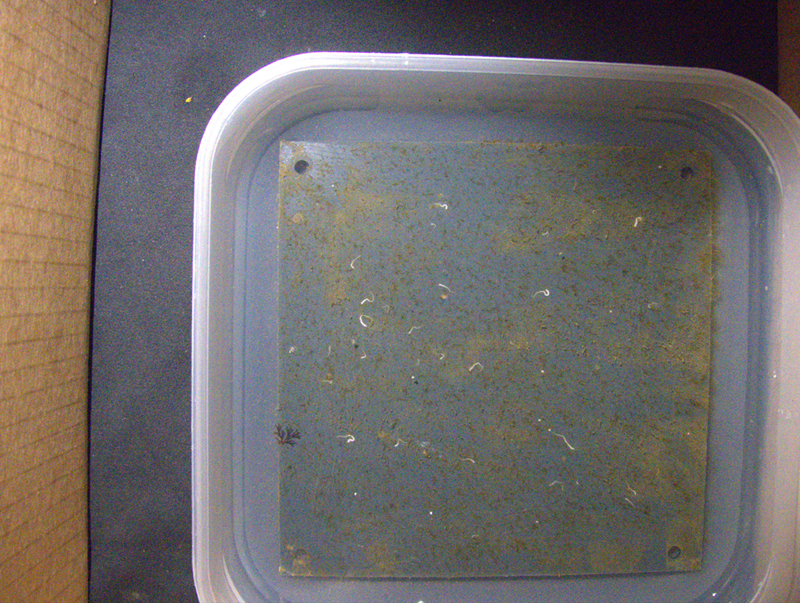
After photographing them, we put them back in their place as there wasn’t much recruitment to be seen yet. We also checked the Hobo loggers, which constantly monitor the light intensity underwater. It was very special to see the oscillating graphic curves of light intensity over the course of 24 hour after having worked hard for two weeks on realizing the setup. The whole project is very visual and physical and you feel very connected to the learning process.
And that’s it for now… Soon, we will be looking at all our panels from the different frames for the first time and we are very excited!
